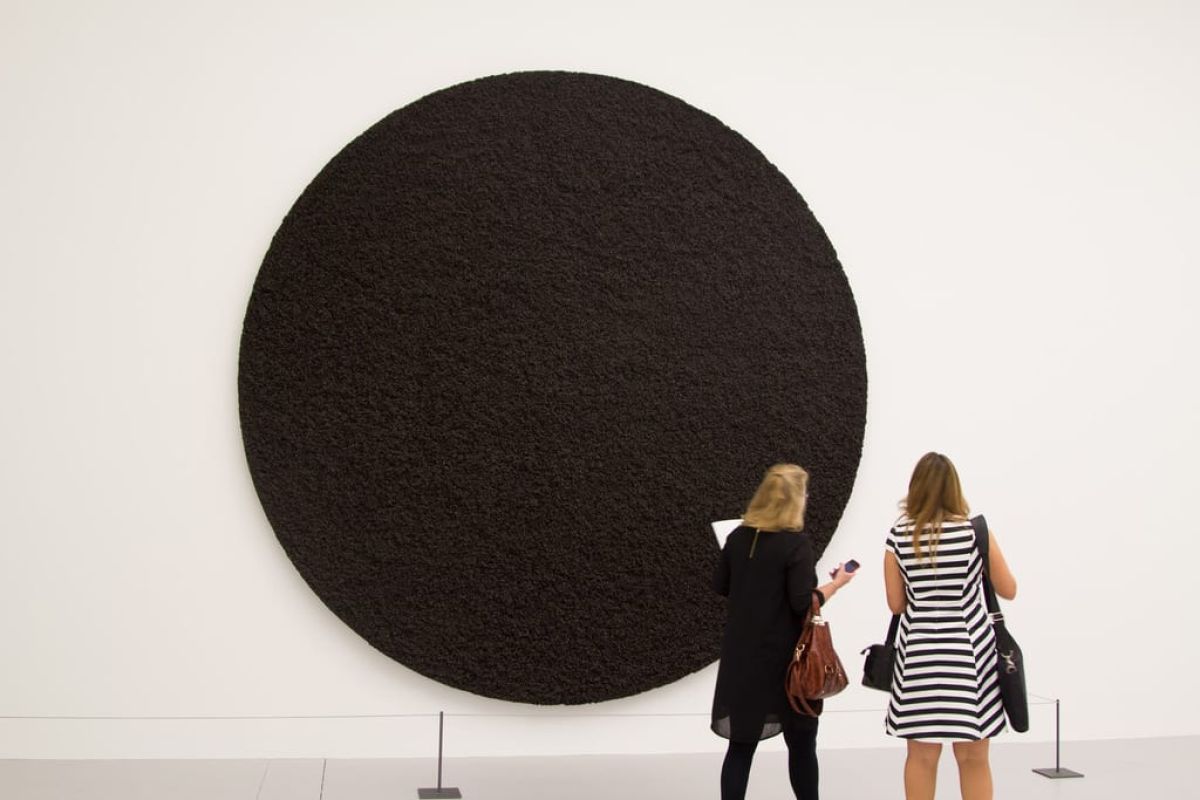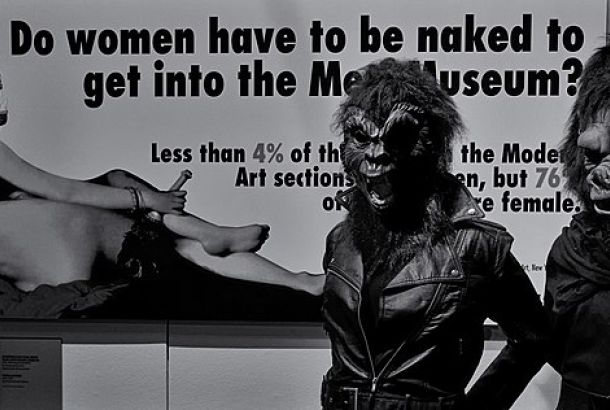Modern Art: A victim of British traditionalism?
By angusdickson

It’s fair to say that modern art gets a lot of bad press. Whilst there are still many who appreciate pieces that most people would describe as weird or boring, it is statistically proven that people go to modern art galleries less every year. There are many reasons for this, the first being society’s adversity to change.
Throughout history, humanity has been reluctant to accept any form of cultural change. Your grandparents wouldn’t listen to your music, and your grand-kids probably won’t either. This is something that is inherent not only to the human condition, but particularly to the British, with our traditional and nostalgic fascination for the ‘classics’. No more books, poems, or works of art will ever be added to this list of ‘classics’ because the deadline has already passed. It passed about 30 years ago. Art, however, has always progressed, and its ever-changing nature is what makes it timeless.
With the technology available nowadays, the ability to paint like a photograph is no longer as impressive as it was a hundred years ago. So, artists need to find a new way to impress — if not through the semblance of reality, then why not through the process by which they have tried to achieve it?
Practically everybody has looked at a piece of art and said, “I could do that.” The common response to this is “But you didn’t.” Nowadays, instead of valuing the artistic process, artists seem to focus more on the creativity or the source of inspiration. Whilst very few people would look at a Caravaggio and think they could reproduce a similar work with ease, a fair few might look at a Rothko and believe they are comparably talented. And perhaps they are, in terms of painting ability, but the point of Rothko, and modern art in general, is not the artist’s literal talent, but their creative talent.
You cannot judge a Rothko by its photographic realness in the way that you might a Caravaggio. You can, however, judge it by its ability to elicit emotion in the spectator, which was Rothko’s primary intention. Of course, some examples of modern art are far harder to dismiss by this logic. Piero Manzoni, for example, literally sold his faeces in a can. Whilst many see this as a blatant middle finger to the art world, there is always the argument that he was simply trying to widen the world’s perception of what can be seen as having artistic value.
As pretentious as people sound when they use this argument, it is true that art is subjective. Everybody has different tastes. I hate Damien Hirst, but that hasn’t stopped him from being worth $300 million, so clearly not everybody does. That is what modern art is about. Anything can be art, and if one person likes it or it makes them feel something, that’s the only definition necessary.
The biggest obstacle to enjoying something unfamiliar is the pleasure one gets from hating it. A lot of the time, people will claim to ‘hate’ things they don’t understand, because we get a narcissistic pleasure from being opinionated or different. In reality, all we are achieving is ignorant xenophobia.
This lack of understanding, or ‘fear of the unknown’, has recently increased as artists have delved deeper into ideology and artistic theory. But should a mathematician make their work more accessible to the public? Of course not, as this would dilute the complexity and credibility of their work. Art is just another field of knowledge inside of which there are very specific interests, and often in contemporary art, the target audience is other artists.
It’s irrational to ‘hate’ modern art without understanding, or at least acknowledging, the theories and creative processes behind its fruition. Perhaps this won’t result in the immediate gratification sought by the infrequent gallery-goer who looks for photo similarity in painting, but there is certainly a different sort of gratification when the artist’s ideas, intentions, and ideologies are understood.







